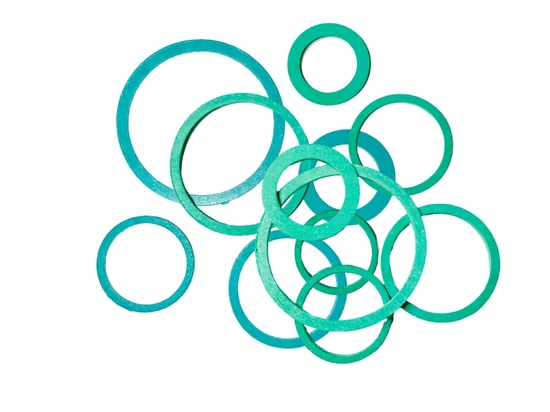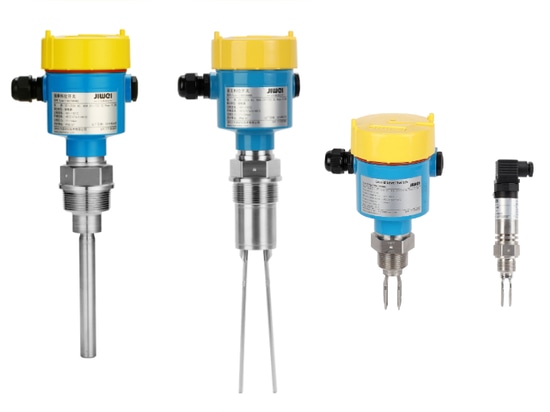
#Product Trends
Gasket Selection and Installation for Process Connection
There are 3 key selection considerations for gaskets: temperature, pressure and media (what materials will it be exposed to? Are the process fluids abrasive or corrosive?)
Gaskets are a shaped piece or ring of rubber or other material sealing the junction between two surfaces. Some of the gasket materials regularly used are fiber, rubber, or cobber. Gaskets are mechanical seals used in fluid processing and handling equipment, and usually used to prevent fluid leakage caused by pressure, corrosion and thermal expansion between two objects.
Depending on different working conditions, the process connections of level switches can be divided into threaded connection, flange connection, clamp connection, etc. During on-site installation, gaskets are used to accomplish the seal.
Below we outline important information regarding the selection of gaskets to help industry professionals determine which gasket best suits their application.
There are many kinds of gaskets used in all kinds of settings. Each material is preferential depending on the most important properties required. Gaskets come in various materials, including metal, plastic, silicone, and glass fiber-reinforced polymers.Gaskets can be divided into non-metallic gaskets, metal gaskets, and metal non-metallic combination gaskets. Non metallic gaskets can be made of asbestos, rubber, synthetic resin, and polytetrafluoroethylene (PTFE), while metal gaskets are made of steel, aluminum, copper, nickel, or monel alloy.
There are 3 key selection considerations for gaskets: temperature, pressure and media (what materials will it be exposed to? Are the process fluids abrasive or corrosive?)
The gasket selected by Jiwei for the process connections in level measuring equipment are Klinger gaskets C-4400. Klinger gasket C-4400 is a high quality non-asbestos grade based on aramid fibre with nitrile rubber binder, and it is a general purpose material for many industrial sealing applications. It can resistant to oils, water, steam, gases, salt solution, fuels, alcohols, organic and inorganic acids, hydrocarbons, lubricants and refrigerants.
Regardless of the material of the gasket, improper installation will damage the gasket. Therefore, when installing gaskets, the following points should be noted:
1. The pre-tightening force of the gasket should not exceed the design specifications to prevent the gasket from losing its rebound ability due to excessive compression.
2. When tightening the gasket, please use a torque wrench.
3. Keep the gasket clean and free from any scratches, spots, or other defects that may affect the sealing performance of the process connection.
4. If there is leakage in the pipeline, it must be depressurized before replacing or adjusting the installation of gaskets. It is strictly prohibited to operate under pressure.
5. For pressure vessels and pipelines with flammable and explosive media, safety tools should be used when replacing gaskets to avoid sparks, fire or explosion accidents caused by tool contact with flanges or bolts.
6. It is best to install the gasket successfully at once. For reinstall, repair or replace, a new gasket is required.









